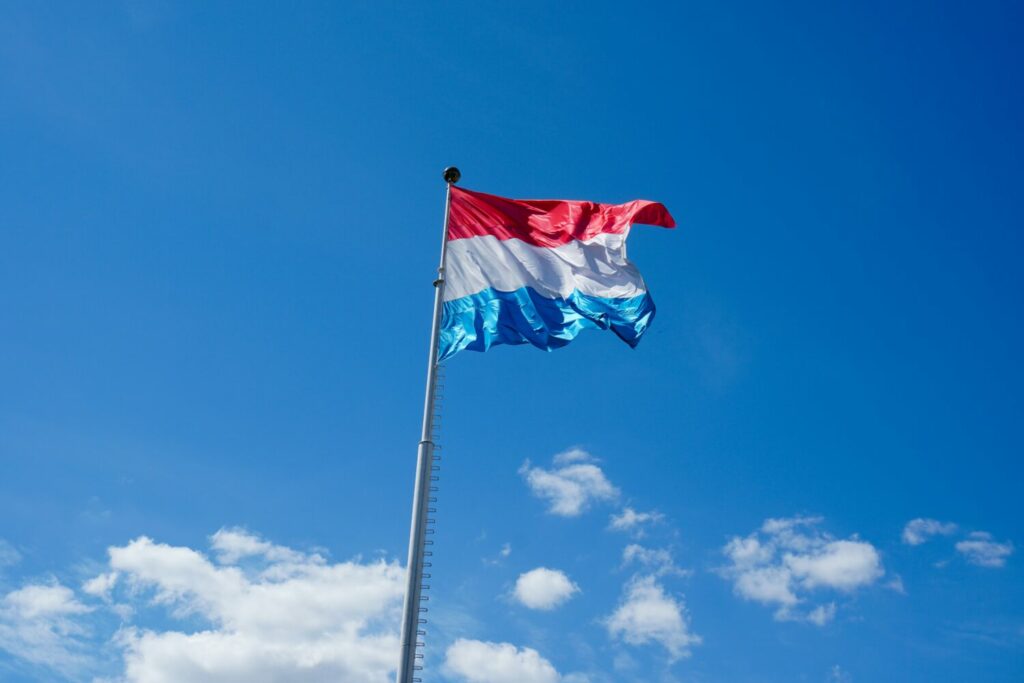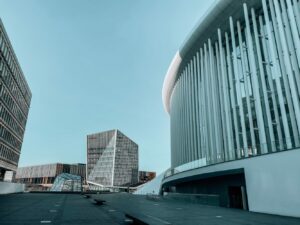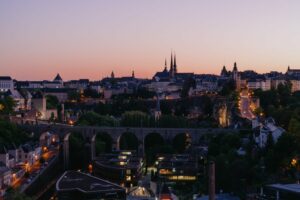
Luxembourg City

The architecture of the city testifies to the history of Luxembourg City, because it has changed owners over and over again, so engineers from all over Europe have contributed their stone to the building. Prussians, Belgians, French, Dutch, Austrians, Spaniards, and Italians took part in the fortifications and the extension of the city. These engineers from all over the continent are at the origin of the soul, the essence and the contrasts. Thus, since 1994, UNESCO has classified the fortifications and the old town as world heritage. In this article, we will discover the origin and history of this picturesque little town, as well as explore it and then the activities to do there.

History and origin
The name of the town comes from a small fort called “Lucilinburhuc” which is believed to have been of Roman origin and belonged to Count Sigefroid in 963. Subsequently, this name was given to the town which formed around the small strong. Today, the city and the country both bear the name of this one. It was when he acquired the Abbey of St-Maximin de Trèves that he discovered this little fort there.
By having acquired the “Lucilinburhuc” the count also obtains the Bock rock, so what better way to start your visit where Luxembourg was born?

Town tour
After visiting the Bock rock, to admire a breathtaking view of the Alzette valley and the Neumünster abbey, continue your way to “The Most Beautiful Balcony of Europe”, also called the Chemin de la Corniche . Once you reach the end of the path, you will stand in front of the buildings of the Cité Judiciaire which is located on the Plateau de Saint-Esprit. Then, an elevator is made available to the public to take you to one of the most authentic districts of the city: the Grund district.
Then, go through the “Breedewee” walk towards the Marché-aux-Poissons to go up to the Ville-Haute. On your way you can discover Ënnert de Steiler, a restaurant which is also the oldest bar in Luxembourg built in 1350.

Cultural activities
The capital is itself a work of art, home to many museums and cultural institutions. Permanent and temporary exhibitions are offered at the Dräi Eechelen Museum free of charge. Also, the Casino Luxembourg – Forum d’art contemporain offers free guided tours of the current exhibition.
While the visit of the Lëtzebuerg City Museum or the Mudam are paying, but also to do!

Also, almost every corner of the city bears witness, through its streets, to its artistic character, such as the “Nana” sculpture by the artist Niki de Saint-Phalle, the works of art by the street artist Sumo, the Mélusine Statue or even contemporary works designed by renowned architects on the Plateau de Kirchberg.